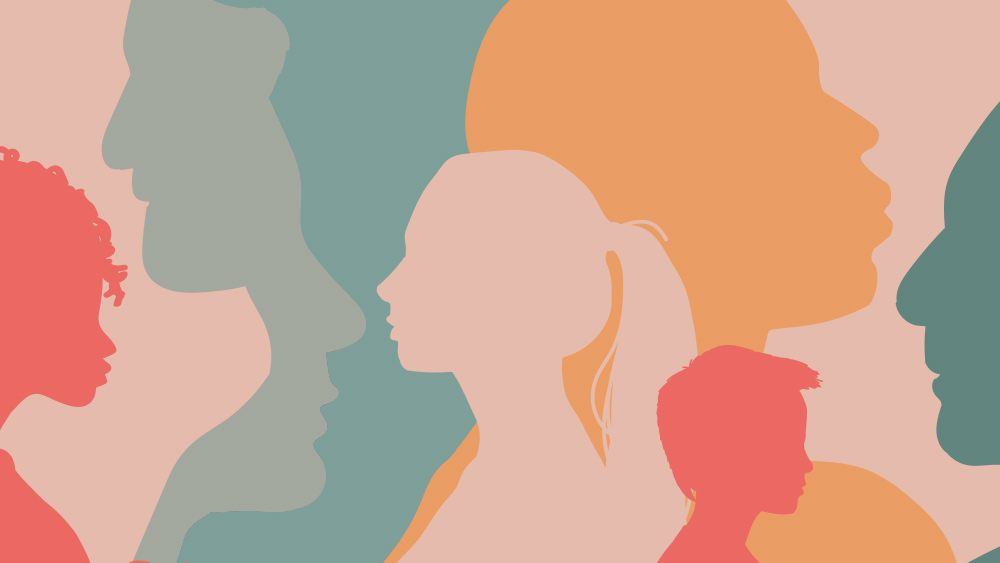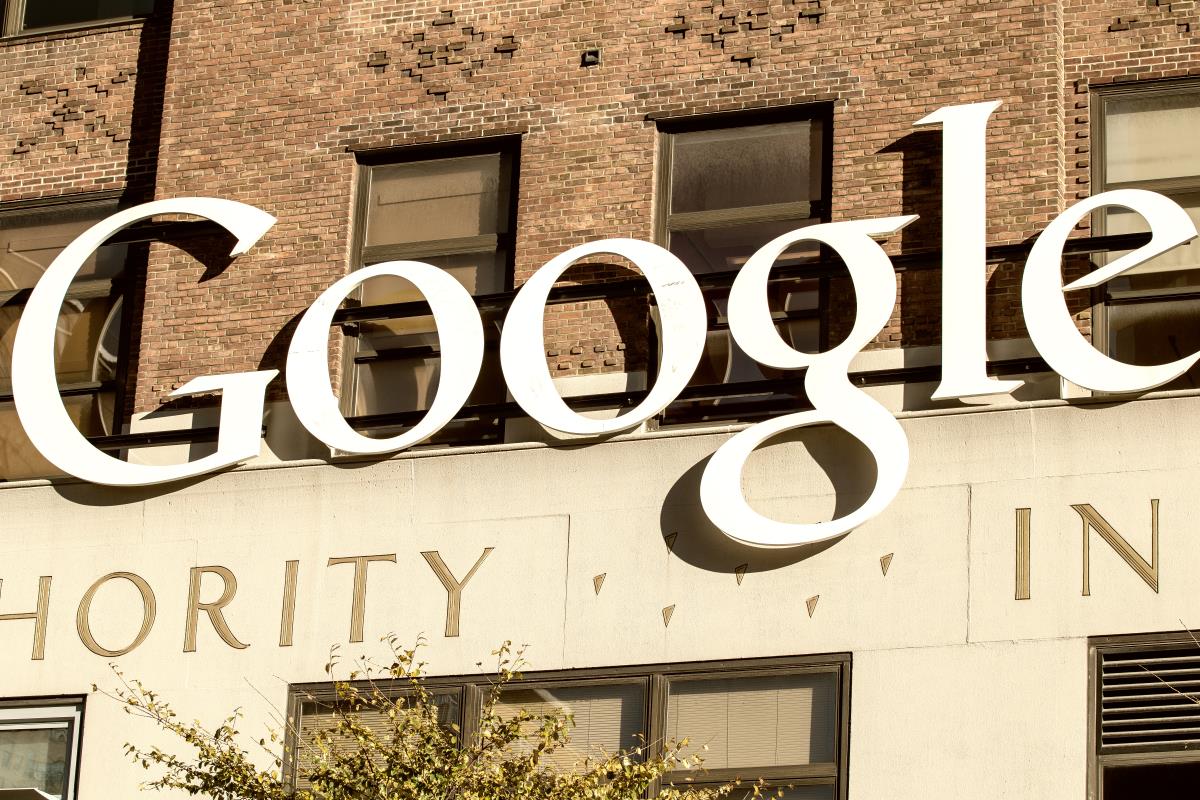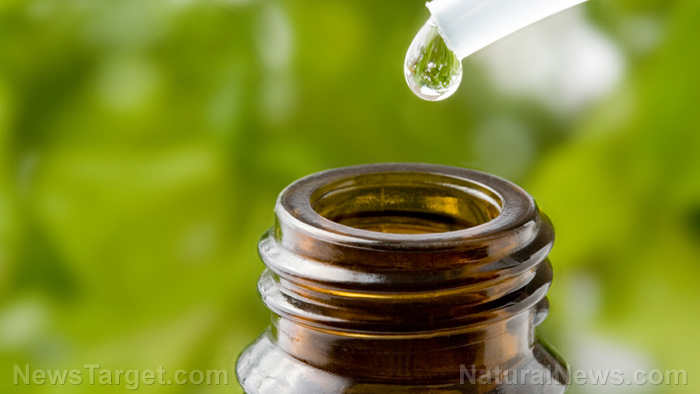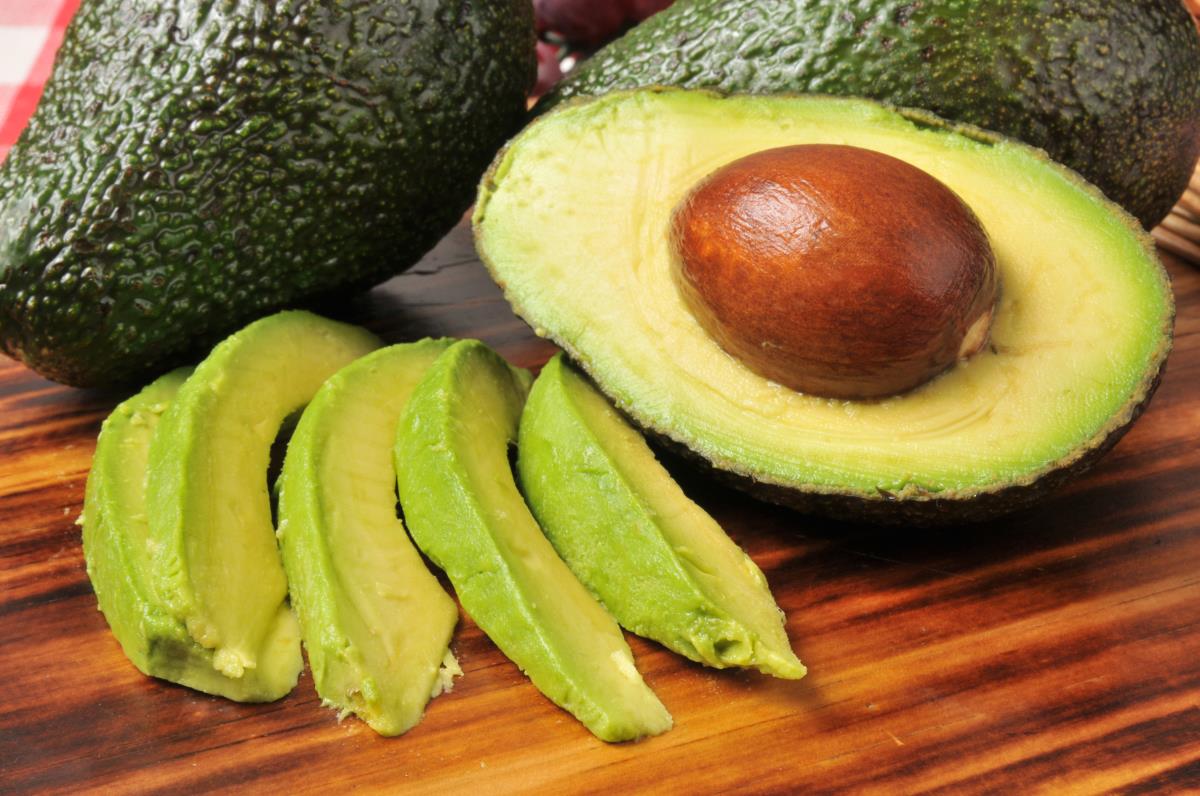Salmon: A superfood source of omega-3s that support heart and brain health
05/01/2025 / By Ava Grace
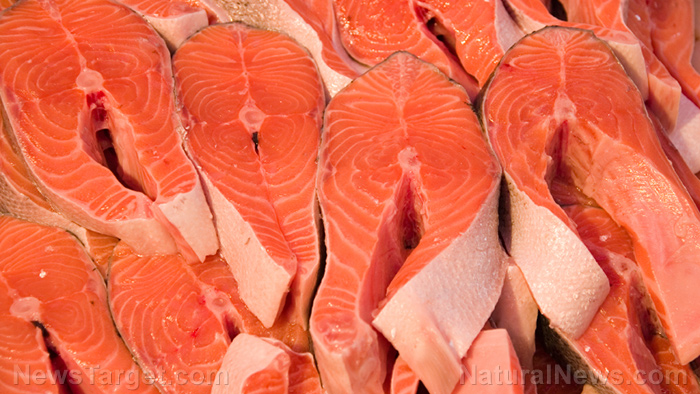
- Salmon is rich in omega-3 fatty acids, high-quality protein and essential vitamins and minerals that support heart, brain and overall health.
- Indigenous cultures (e.g., Native Americans, Inuit) relied on salmon for millennia, while modern aquaculture expanded its global accessibility in the 20th century.
- It has been recognized as a superfood since the 1990s due to its proven benefits, which include reduced inflammation, improved cardiovascular health and cognitive support.
- Regular consumption may lower heart disease risk, combat arthritis, aid weight management and promote eye and brain health through its anti-inflammatory properties.
- Salmon is a versatile culinary ingredient and remains a sustainable, nutrient-dense choice for wellness today.
Salmon has long been revered as one of nature’s most nutrient-dense foods, earning its place among the elite category of superfoods. Packed with omega-3 fatty acids, high-quality protein and essential vitamins and minerals, salmon offers a wealth of health benefits.
From supporting heart health to boosting brain function, this fish has been a dietary staple for centuries. But when did salmon first gain recognition as a superfood, and what makes it so uniquely beneficial?
Brief history of salmon
Salmon has been a vital food source for indigenous peoples for thousands of years, particularly among Native American tribes in the Pacific Northwest and the Inuit in Alaska. Archaeological evidence suggests that salmon fishing dates back at least 5,000 years, with ancient civilizations relying on the fish for sustenance. In Europe, Atlantic salmon was prized by Celtic and Scandinavian cultures, often preserved through smoking or drying. (Related: Eat salmon for a healthy thyroid.)
Today, salmon is primarily farmed in Norway, Chile, Scotland and Canada, while wild-caught salmon thrives in the cold waters of Alaska and the Pacific Northwest. The rise of aquaculture in the 20th century made salmon more accessible worldwide, contributing to its reputation as a global superfood.
The term “superfood” gained traction in the late 20th and early 21st centuries as nutrition science advanced. Researchers began identifying salmon’s exceptional nutrient profile, particularly its high levels of omega-3 fatty acids (EPA and DHA), which are linked to reduced inflammation, improved cardiovascular health and enhanced cognitive function. By the 1990s, health experts and organizations like the American Heart Association were recommending the consumption of fatty fish like salmon at least twice a week for optimal health.
Nutrient profile and health benefits
Salmon is an excellent source of:
- Niacin (B3): Supports energy metabolism, skin health and nerve function.
- Vitamin B12: Essential for red blood cell formation and neurological health.
- Phosphorus: Strengthens bones and teeth.
- Selenium: A powerful antioxidant that protects cells from damage.
- Omega-3 fatty acids: Crucial for heart and brain health.
It also provides significant amounts of thiamin (B1), vitamin B6, potassium and astaxanthin – a potent phytochemical responsible for salmon’s pink hue. Astaxanthin is known for its anti-inflammatory and antioxidant properties.
Studies suggest that regular salmon consumption may help:
- Reduce heart disease risk by lowering triglycerides and improving cholesterol levels.
- Support brain health and potentially reduce the risk of Alzheimer’s and depression.
- Combat inflammation, benefiting those with arthritis and autoimmune conditions.
- Promote eye health due to omega-3s and astaxanthin.
- Aid in weight management by providing satiating protein and healthy fats.
Traditional medicine systems, including Ayurveda and Traditional Chinese Medicine, have long recognized salmon for its nourishing properties. Modern functional nutritionists recommend wild-caught salmon for its purity and higher nutrient density compared to farmed varieties. Some wellness practitioners recommend eating salmon as part of an anti-inflammatory diet, such as the Mediterranean diet, to support longevity and disease prevention.
Culinary uses and recipes
Salmon’s flesh ranges from deep red to pink, depending on its diet. Wild salmon’s color comes from astaxanthin-rich krill and shrimp. Its texture is firm yet tender, with a rich, buttery flavor that varies slightly between wild and farmed varieties.
Wild salmon tends to have a more robust taste. In contrast, farmed salmon is often milder and fattier.
In Native American legend, the salmon is a sacred creature, symbolizing perseverance and abundance. Tribes celebrated the annual salmon runs with ceremonies, recognizing the fish’s role in their survival. Today, sustainable fishing practices honor this tradition, ensuring salmon remains available for future generations.
Here are some salmon recipes you can try in your kitchen:
- Grilled lemon-herb salmon: Marinated in olive oil, garlic and fresh herbs, then grilled to perfection.
- Smoked salmon avocado toast: A protein-rich breakfast featuring smoked salmon on whole-grain bread.
- Honey-glazed salmon with roasted vegetables: A sweet-savory dish rich in antioxidants.
- Salmon poke bowl: A Hawaiian-inspired bowl with raw salmon, rice and fresh veggies.
- Cedar-plank salmon: A traditional indigenous method that infuses smoky flavor.
With the rise of chronic diseases linked to poor nutrition, salmon offers a science-backed natural solution. Its abundance of essential nutrients makes it a standout superfood in an era where processed foods dominate diets. As consumers seek healthier, sustainable options, salmon remains a timeless choice for wellness.
Salmon’s legacy as a superfood is well-deserved, backed by both ancient wisdom and modern science. Whether grilled, baked or raw, incorporating salmon into a balanced diet can be a delicious step toward better health.
This story is not medical advice and is not intended to treat or cure any disease. Always consult with a qualified naturopathic physician for personalized advice about your specific health situation or concern.
For more fascinating insights into superfoods and their natural wonders, visit NaturalNews.com. It’s a treasure trove of articles that will deepen your understanding of the healing power of food.
If you’re into cutting-edge technology with a health twist, try Brighteon.ai. Created by Mike Adams, the Health Ranger, this AI model is a free download that you can run on your own device. It’s all about sharing knowledge freely and bypassing the filters of censorship.
And if you’re looking for a place to openly discuss everything from nutrition to natural remedies without any holds barred, Brighteon.com is your go-to spot. Don’t forget to check out our free speech social media platforms, Brighteon.IO and Brighteon.social, where the conversation is always lively and uncensored.
Watch this video to learn how to catch an Alaskan salmon with bare hands.
This video is from the ChadZuber channel on Brighteon.com.
More related stories:
Astaxanthin: The most powerful antioxidant from Mother Nature.
The superfood power of wild caught salmon.
Salmon – A superfood that fills in the gaps.
Sources include:
Submit a correction >>
Tagged Under:
#nutrition, alternative medicine, antioxidants, astaxanthin, Cures, food cures, food is medicine, healing, natural cures, natural health, natural medicine, omega 3, remedies, salmon
This article may contain statements that reflect the opinion of the author


